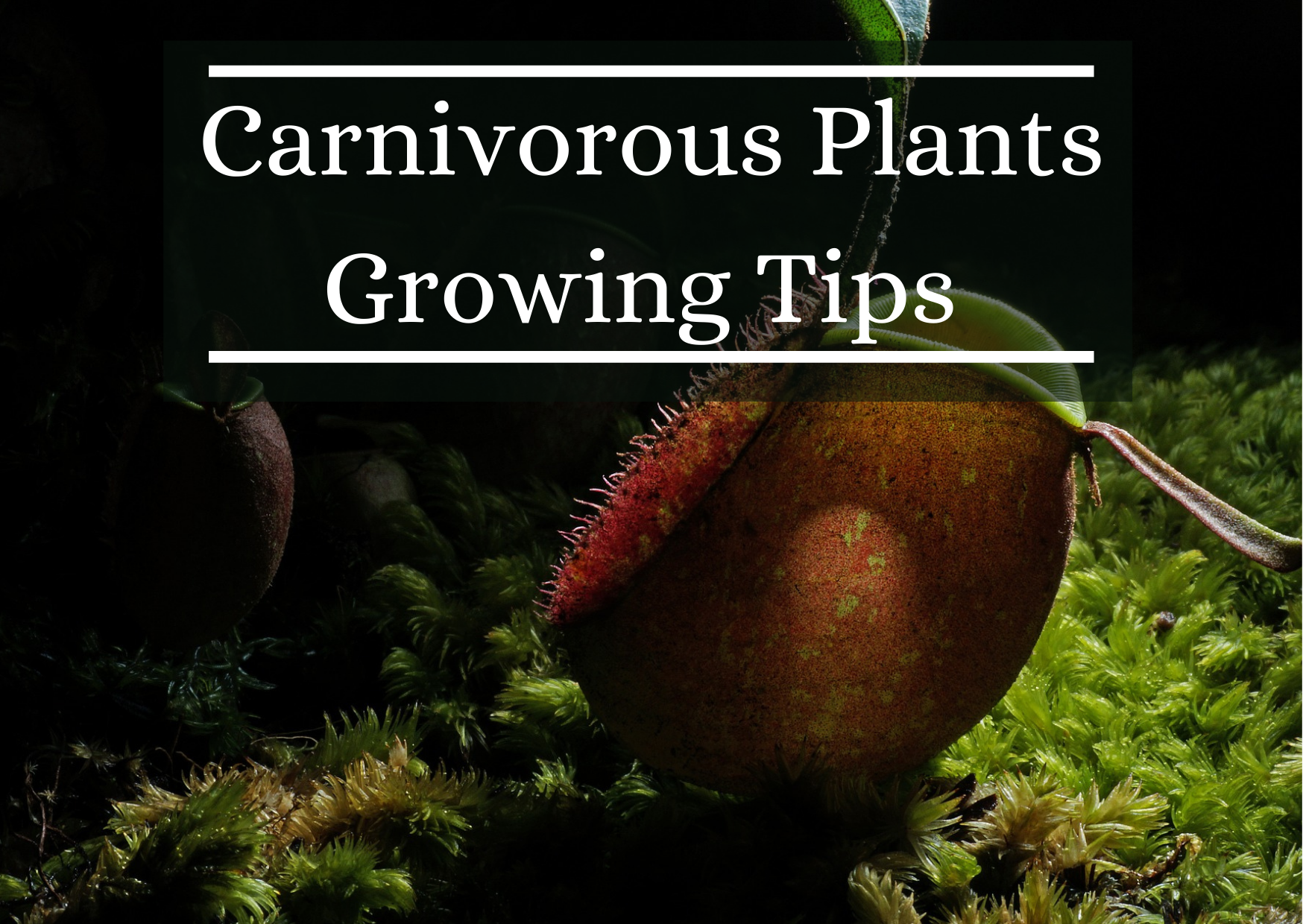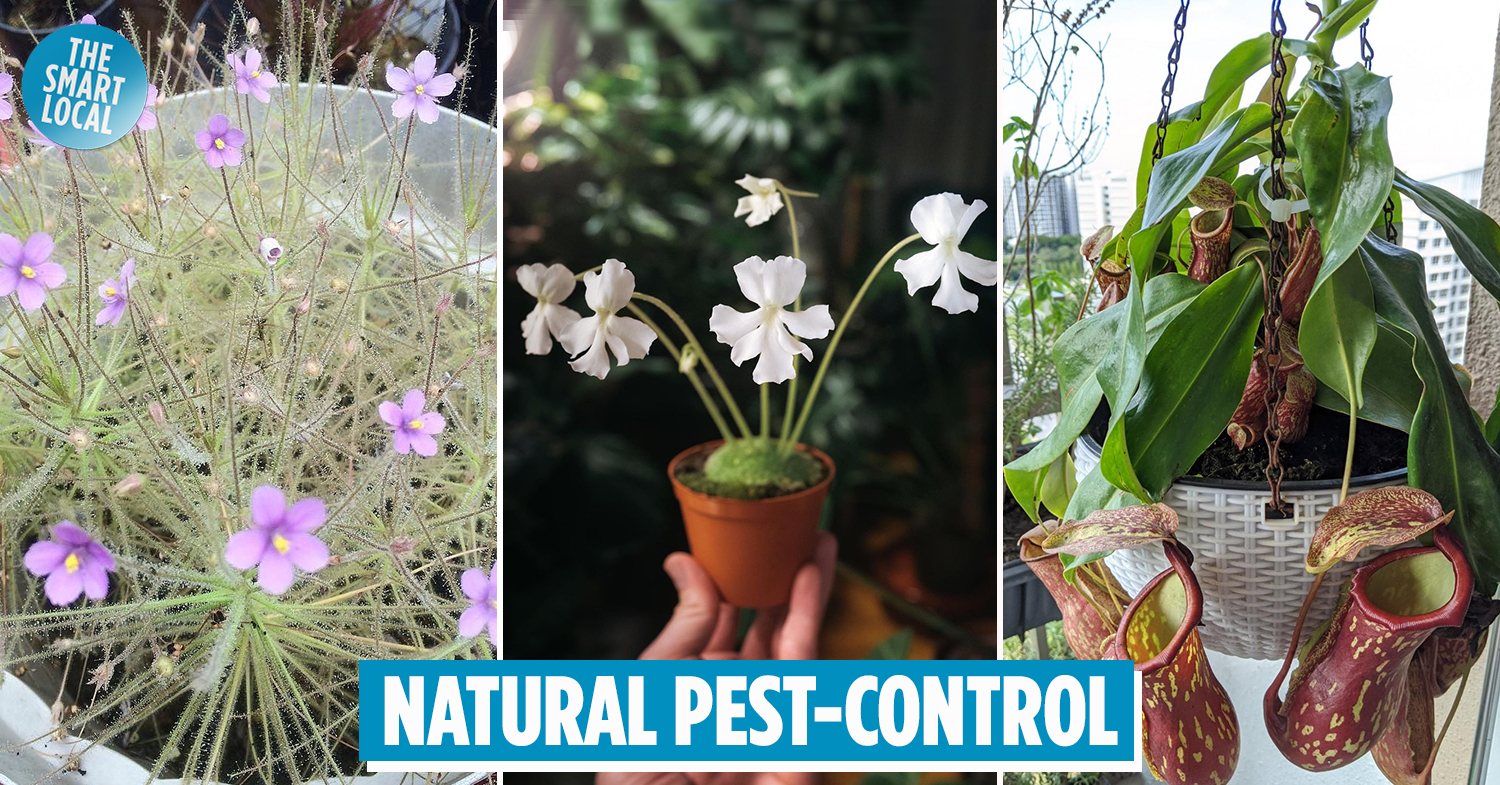Embark on a captivating journey into the extraordinary realm of carnivorous plants, where nature’s artistry manifests in alluring and enigmatic forms. These captivating flora, unlike the passive greenery around them, possess an astonishing ability to trap and digest living creatures, evoking awe and fascination in the beholder.

Image: www.realmensow.co.uk
Join us as we delve into the intricate world of carnivorous plants, exploring their fascinating adaptations, unraveling the secrets of their survival, and unlocking the techniques to nurture these astonishing botanical wonders in the confines of your own home. As we venture into this unique horticultural adventure, let curiosity guide your footsteps and prepare to be captivated by the allure of these natural wonders.
The Allure of the Carnivorous Plant:
Carnivorous plants, also known as “insectivorous” plants, captivate the imagination with their remarkable ability to derive nutrients from animal sources. This extraordinary trait originates from the nutrient-poor habitats they reside in, where the soil lacks the essential minerals required for their survival. As a remarkable evolutionary adaptation, these plants have developed specialized mechanisms to trap and digest insects, unlocking a vital nutritional source in otherwise barren environments.
Unveiling the Carnivorous Arsenal:
The carnivorous plant kingdom boasts a diverse array of trapping mechanisms, each meticulously crafted to ensnare unsuspecting prey. Among the most popular methods are:
-
Pitfall Traps: These plants possess deep, slippery-sided leaves that form a treacherous pit. Alluring scents and nectar tempt insects to venture into the pit’s depths, from where they find themselves unable to escape the digestive enzymes waiting at the bottom.
-
Snap Traps: With lightning-fast reflexes, snap traps ensnare their victims through two hinged leaves. When an unsuspecting insect alights on the sensitive trigger hairs that line the trap’s interior, the leaves snap shut, imprisoning the prey within their deadly embrace.
-
Flypaper Traps: These carnivorous marvels bear sticky leaves covered in copious, glistening glands that secrete a potent glue. Insects, lured by the plants’ fragrant nectar, become entrapped on these sticky surfaces, unable to escape their inevitable demise.
Nurturing Carnivorous Plants: A Guide to Horticultural Triumph:
If the allure of carnivorous plants has captivated your imagination, the prospect of nurturing these botanical wonders in your own abode may beckon. While these plants indeed possess specific needs, understanding their environmental requirements unlocks the path to thriving carnivorous gardens.
-
Light and Temperature: Most carnivorous plants thrive under bright, indirect light and warm temperatures. Ensure your plants receive ample luminosity without exposing them to the scorching intensity of direct sunlight. Maintain temperatures within the range of 65-85°F for optimal growth.
-
Water and Humidity: The water you supply to your carnivorous plants is crucial. Utilize distilled water or rainwater, as tap water often contains chemicals that can be detrimental to their delicate systems. Keep the soil moist but not soggy, and consider increasing humidity levels by employing a humidifier or placing trays filled with water near the plants.
-
Feeding and Fertilization: While carnivorous plants are celebrated for their ability to obtain nutrients from their prey, occasional supplementation can promote optimal growth. Provide dried insects every few weeks during the summer months, when the plants are actively growing. Avoid fertilizing with conventional plant fertilizers, as these can harm the plants.

Image: thesmartlocal.com
Cautionary Measures:
While carnivorous plants are fascinating additions to any botanical collection, it’s imperative to exercise caution when handling them. The digestive fluids they produce can irritate skin and eyes, necessitating the use of gloves and protective eyewear during maintenance tasks. Additionally, keep these plants out of reach of children and pets to prevent accidental ingestion.
How To Take Care Of Carnivorous Plants
Conclusion:
Our exploration into the enigmatic world of carnivorous plants reveals a realm of intricate adaptations, horticultural challenges, and botanical wonder. As we conclude this journey, may the knowledge gained ignite a profound appreciation for these remarkable organisms and empower you to cultivate thriving carnivorous gardens in the heart of your own living spaces. Let the allure of these botanical marvels forever captivate your imagination and inspire a lifelong connection with the marvels of the natural world.